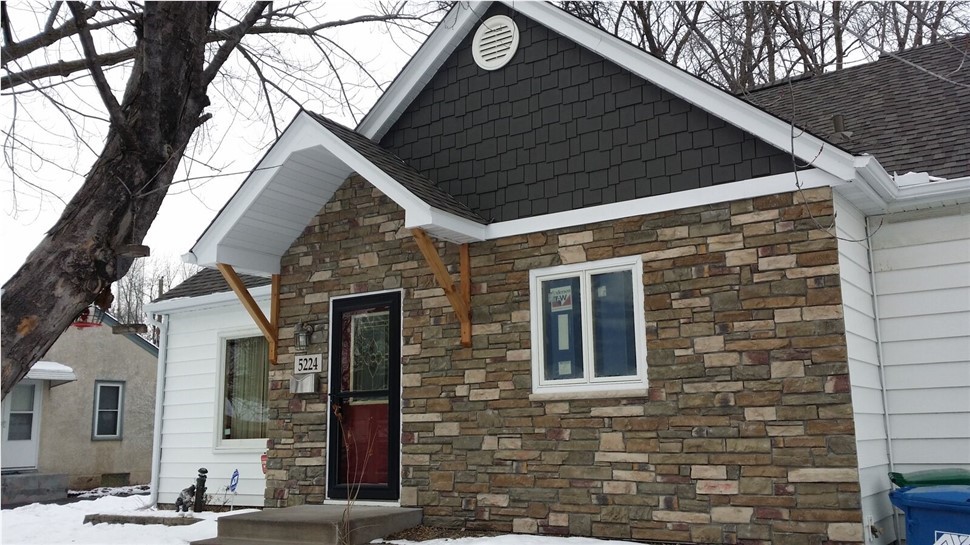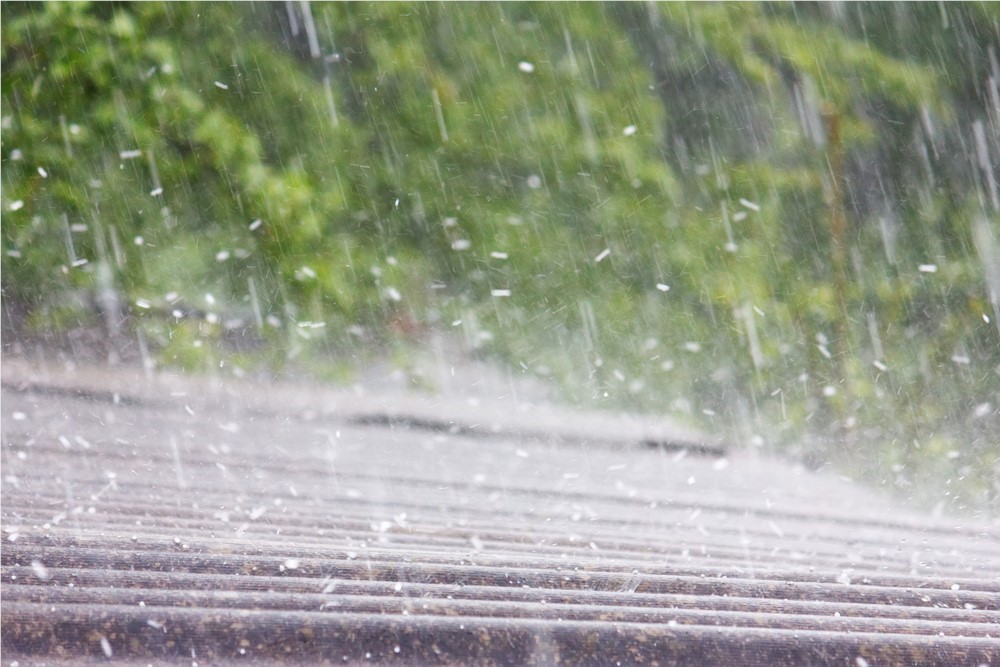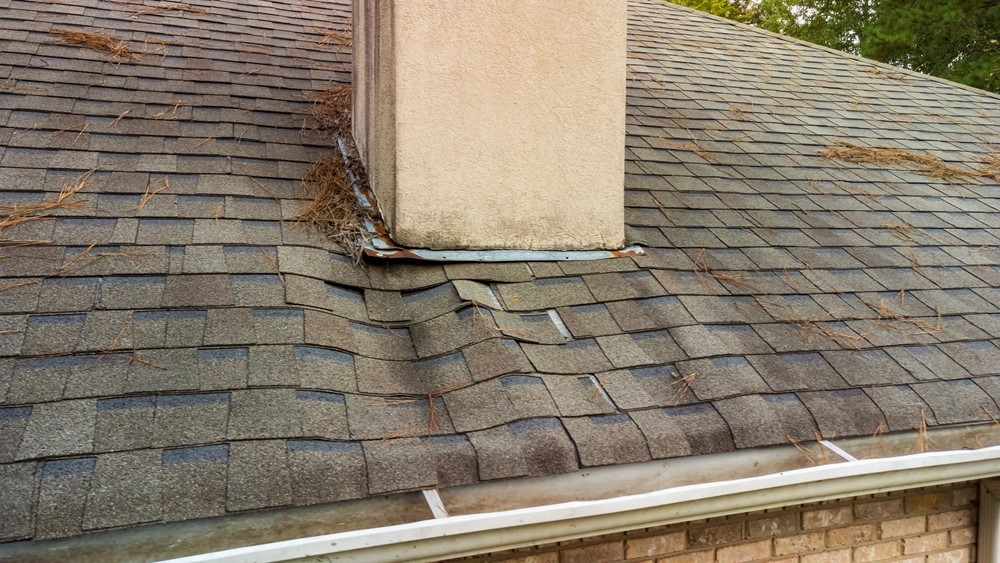
Yes, the groundhog lied. Unless spring means lots of snow. More than 30 inches fell last month, shattering the old February snowfall record in Minneapolis. Add to that what came down in January and what is STILL coming down, and that could mean quite a bit of snow on roofs across the Twin Cities. And according to the forecast for this weekend, that calls for heavy snow, we could be getting up to another foot of that white stuff.
Can your roof hold up to the snow load it is being subjected to?
When storms generating lots of snow - especially the wet, heavy variety - come barreling through Minnesota, you want to make sure your home is able to withstand it. This also includes being able to hold all of the weight of the snow on your roof. An excessive amount of snow on could put your home and your family in danger if it is not taken care of.
(If you're interested in more detailed information specific to your home, you can use this Snow Load Calculator.)
While there are no clear guidelines on how much snow is too much for a roof and it definitely depends on the home and roof design, most recommendations for our area and an average roof is 35 pounds per square foot. Keep in mind that as the snow sits there, it compacts, so even if the original snowfall was light and fluffy, the longer it's on your roof, the heavier it gets. Melting snow can turn to ice if that snow melt doesn't run off the roof, and that only adds to the weight.
We highly recommended that you have the snow removed periodically rather than let it accumulate, because it can cause problems such as ice dams or wear on the shingles.
To give you an idea of what a mass of snow weighs, 5 pounds per square feet of snow would equal 19 inches of light snow, almost 3 inches of heavy, wet snow, 1 inch of water or 1 inch of ice. The amounts continue to go up with the amount of weight, bringing a half foot to a foot or more of snow causing problems on a roof.
Since most of the time the snow will melt rather than build up, especially when the venting for the roof is adequate, you shouldn't have to worry about large amounts of snow continuing to pile up. It doesn’t mean you should ignore it, though. A snowstorm that dumps a large amount of snow in a short time on a roof that's already got some snow accumulation could push it to the limits.
The best advice we can give is to deal with heavy snow and get it removed once it falls rather than let it sit there. A better recommendation is to invest in a long-term solution that prevents or severely cuts down on the amount of snow that can build up on a roof. The metal roofing we install sheds snow easily, so buildups like the one in the photo above are a thing of the past. And metal roofing, combined with good ventilation and insulation, is one of the best ways to prevent ice dams from forming.
Give us a call here to learn more about snow on your roof, roofing repairs that can be done, removing ice dams or choosing a new metal roof to put on your home for extra protection. We are here to help Twin Cities homeowners with all their roofing needs.
Subscribe to Quarve Contracting's Blog







Comments